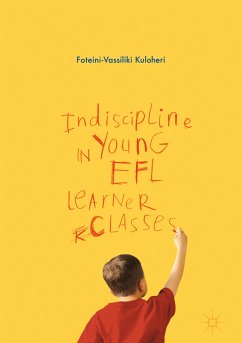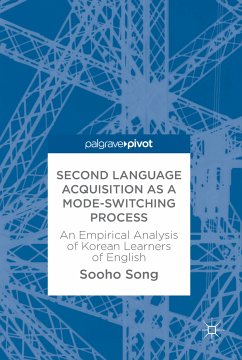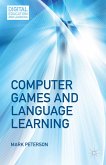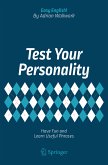This book analyses the classroom blending of face-to-face and online technologies in the teaching and learning of second languages. Its theoretical framework integrates the rapidly changing and developing fields of both applied linguistics and computer-assisted language learning (CALL). It examines such themes as the normalization of the computer and the rise of mobile devices, the development of open educational resources, flipped learning, gamification, and the increased focus on communication and problem-solving tasks in class. The author illustrates how the design or 'bricolage' of blended learning is part of a radical shift in our conceptualisation of the learning environment. Building on the framework established in its first edition, this book will appeal to teachers-in-training, scholars and practitioners of second language education.
Dieser Download kann aus rechtlichen Gründen nur mit Rechnungsadresse in A, B, BG, CY, CZ, D, DK, EW, E, FIN, F, GR, HR, H, IRL, I, LT, L, LR, M, NL, PL, P, R, S, SLO, SK ausgeliefert werden.









